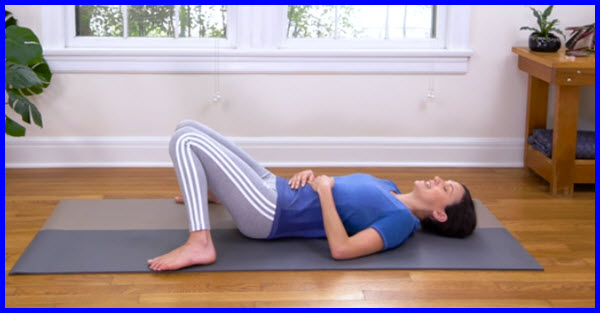Tap Into Your Unique Energy

image captured from the video
Day 17 with Adriene's yoga practice. Today is going to focus on uncovering your light, finding that unique energy that we all have – finding our charisma.
Take your at home yoga practice to the next level.
Make the most of today.
Tune in and catch a wave.
Learn to love, honor and celebrate what makes you unique.
Join Adriene in the video.
.
Today I've got another yoga style to tell you about.
Baptiste Power Vinyasa
Baron Baptiste is a power yoga innovator who studies many different styles of yoga, martial arts, and meditation before coming up with his own unique way of teaching yoga. His style is based on 5 Pillars: vinyasa, ujjayi pranayama, heat, uddiyana bandha, and drishti. Classes, which are conducted in a heated room, are typically strong and sweaty.
The 5 Pillars of Baptiste Power Vinyasa
The important aspects of the Baptiste method are summarized by the Five Pillars: breath, heat, flow, gaze, and core stabilization.
1. Breath
The primary pranayama used in BPV is ujjayi, which is associated with a strong vinyasa practice. In ujjayi breath, you tone or constrict the back of your throat (as you would when fogging up a mirror) as you inhale and exhale through your nose. This takes some practice but soon become second nature.
It has the effect of slowing down the breath to make keep it deep and powerful during challenging postures. When the breath becomes short and shallow, it can trigger the fight or flight panic reflexes in the body. Keep the breath long and deep helps you stay calm.
2. Heat
In official BPV classes, the room should be heated to 90-95 degrees.
This external heating of the room is intended to allow students to quickly stoke their internal fires (tapas) for a loose, sweaty practice.
3. Flow
Flow is vinyasa style practice in which movement is linked to breath. Daily practice is encouraged. While there isn't a fixed series of poses in BPV, there is a pattern that most classes follow. Classes begin with several rounds of Surya Namaskara A and B, although there is room for some variation here. Then the teacher moves on to a standing series that includes vinyasa flow between sides. More advanced variations are offered in addition to adaptations for beginners. Classes often also include abdominal work, backbending, and hip opening.
4. Gaze
5. Core Stabilization
For more details on this type off yoga head on over tho the source article.
For more different types of go to this article.
Have you missed some of the other yoga trainings – not to worry.
Back To Day 1
Day 18 – Be awake, present and in the moment.
